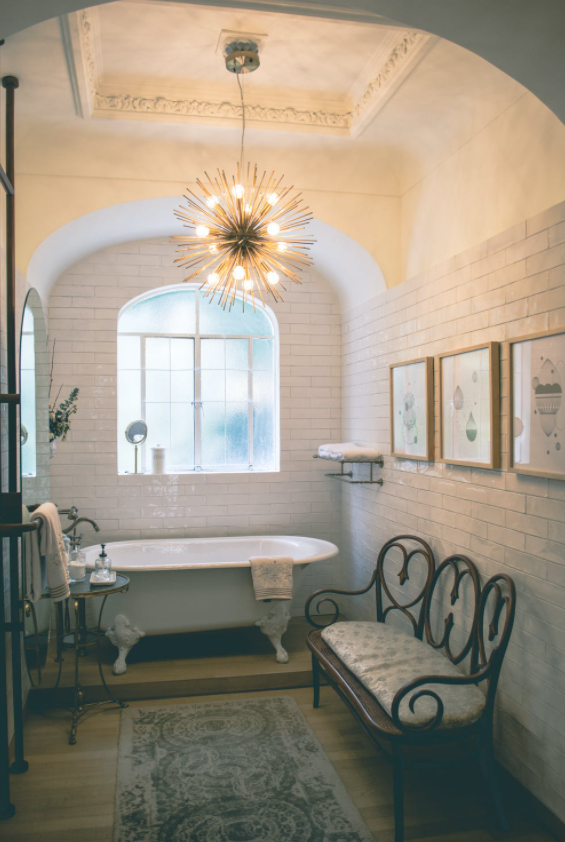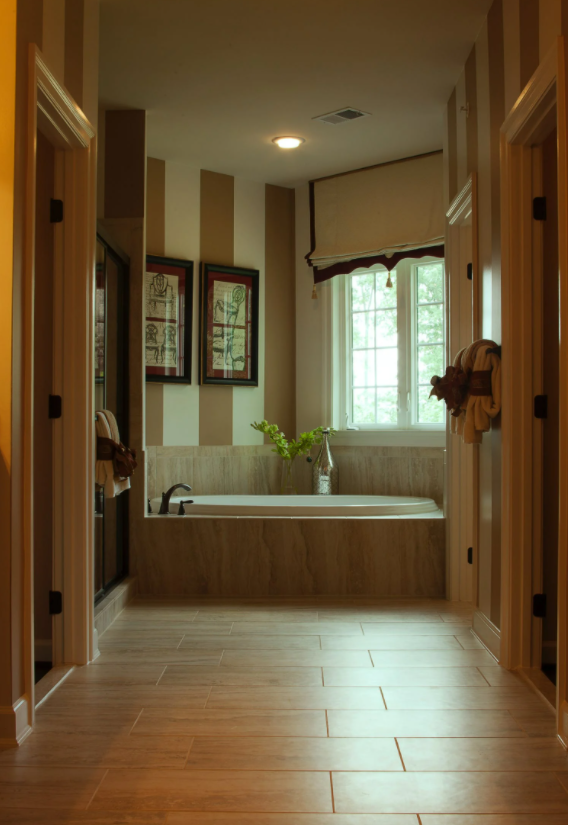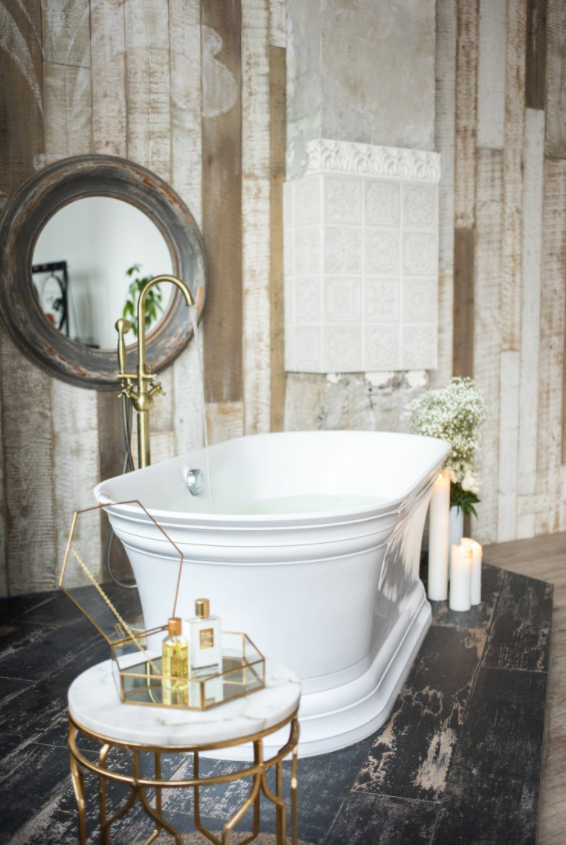There are many changes you can make to your home’s water system to make your house last longer!

There are so many ways to improve your home’s eco-friendliness. The best part of cultivating a greener home and greener family life is that it often yields positive results in other areas of your home. By now, you probably understand the importance of water and its plumbing system in the household. For example, a Brita reverse osmosis filtration system can help eliminate hard water and keep your sink and household members happy. Or that drinking eight cups of water minimum is key to a strong immune system. There are many changes you can make to your household’s water-based systems to make your house last longer. Here are five of them:
Home Water Recycling System
Reverse osmosis water filtration is a process which essentially recycles the water in your home so you can use it again. A lot of consumers would shirk away from the idea of using “used” water, but it’s a system already in place on a larger scale. Most people know this, but the jump so close to home can be hard to swallow. A whole house reverse osmosis filtration system removes water hardness, salts, chemicals, and up to 98% of organic and inorganic dissolved material in the water. A reverse osmosis system built directly into your home’s plumbing is a means of ensuring the purest possible drinking water in your home.
As opposed to buying expensive consumer grade pitchers and filters to screw on sink faucets that need to be replaced every few months, you can build a self-sufficient system directly into your own home’s plumbing. Reverse osmosis whole home filtration is a great option if you live in an area with poor quality water or if your water just tastes bad. Even harmless problems like a sulfuric smell in the water or hard water can be an inconvenience to cook and bathe with.
Bidet
While a bidet seems to be using more water than a traditional toilet set up, you are actually using less water than you would be if you were still opting for toilet paper. Bidets only use an eighth of a gallon of water to flush your waste away from your home. However, you need hundreds of gallons of water to make a SINGLE roll of toilet paper. You don’t really need to do the math to figure out that the bidet wins, hands down. In addition to being eco-friendly, bidets are wallet-friendly, too. The amount you’ll save on toilet paper in the first year is enough to cover the initial installation and purchase costs of your new bidet. Plus, you’ll just feel cleaner.
Eco-Friendly Plumbing Hardware
Showerheads and faucets can be made to be more eco-friendly, controlling the flow of water and preventing waste. The best part about contemporary eco-friendly plumbing hardware is that the end-user does not notice a difference in the bathing experience. That’s right: you could be using 30% LESS water than you were before you made the swap and, if you opt for the right showerhead, you might not even tell that anything has changed.
These showerheads are known as “low flow” showerheads. Because roughly 20% of water usage in the home comes from the shower, reducing the amount of water pumped through your shower head can make a big difference in your eco footprint (as well as your water bill!). You can accomplish the same end on a smaller scale by opting for eco-friendly faucet heads for the sinks around your home.
Proper Insulation
Insulating your home and plumbing properly will keep your pipes from bursting when temperatures drop in the colder months. While it may be unfathomable to those lucky enough to live near the equator, many homeowners in the Northern hemisphere can relate to the fear that one day our pipes will just give way to the extreme frost. To keep from having to invest in an emergency plumber down the line, you should take care that all parts of your home housing plumbing are properly insulated. As a bonus, if you find and fix any gaps in your insulation, your heating bill should also be reduced by improved heat retention in your home. Score!
Waterproofing
Oftentimes, the only thing keeping a leak from spiraling out of control is the homeowner taking notice before it’s given the chance. But some flooring and insulating options are better equipped to handle contact with water than others. For instance, laminate flooring is not waterproof. Water can pool between laminate tiles and swell the material, but this is a slow process that can get very bad before you notice that something is wrong. Cork flooring is environmentally friendlier than other options. Though it’s also a tad more expensive, too, cork flooring is also WATERPROOF and super durable. So if you are looking for high quality flooring that can withstand a leak AND a beating, cork flooring is your best option.


No comments:
Post a Comment